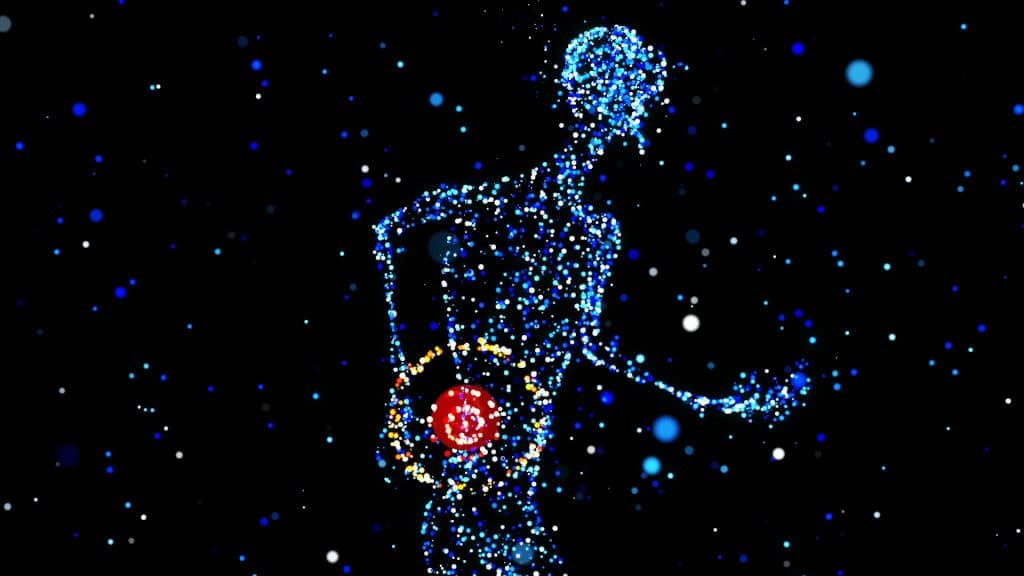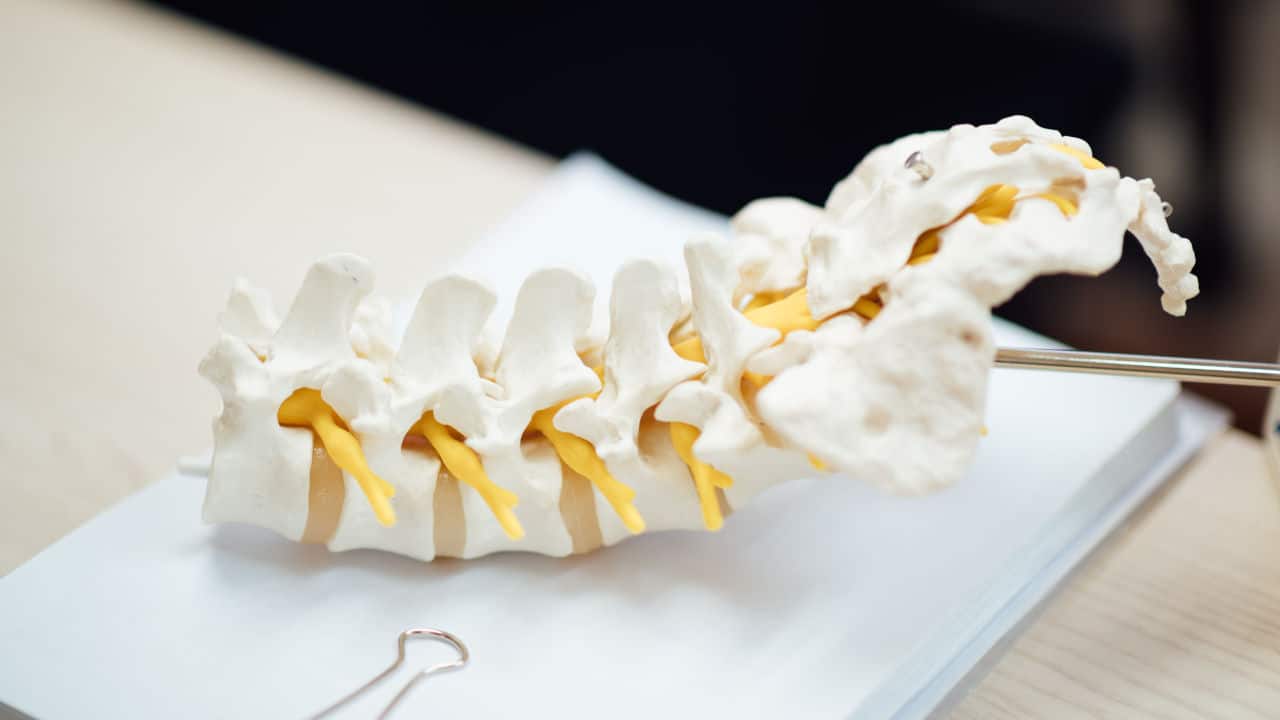One of the treatments a physician can suggest to a patient experiencing chronic pain is to undergo spinal cord stimulator surgery. It’s a technology that involves using implants to help reduce the pain a patient feels in some regions of the spine. This method of treatment generally doesn’t eliminate the pain. It is considered a success if it reduces the patient’s pain by half.
What Is A Spinal Cord Simulator?
A spinal cord stimulator, popularly referred to as SCS, is an implant surgically placed under the skin along the epidural space with the sole aim of utilizing mild electrical currents to relieve pains in the back, arms, and legs.
This device utilizes electrical impulses to mask pain signals and curtail them from reaching the brain. These electrical pulses stimulate the nerves around the area where the pain is felt and blocks the pain signals from reaching the brain.
The stimulator doesn’t eliminate the pain felt by the patient; instead, it converts the way the brain perceives it, thereby reducing the actual painful stimuli produced by the brain.

How Is A Spinal Cord Stimulator Surgery Performed?
Having gone through several pain management solutions like physical therapy and chiropractic sessions to deal with pains in the arm, neck, or back, some patients may have to settle for SCS as a last resort. According to an article by the International Neuromodulation Society, the SCS has a better track record in treating neuropathic back and leg pain than repeat back surgery or comprehensive pain management alone.
However, before an SCS surgery is performed, the first step is for the physician to ascertain that the candidate is a good fit for such a procedure.
Failure to do this can result in complications, as seen in the case of Polanco V. Industrial Com’n Of Arizona, where a physician admitted that he had not personally reviewed the MRI films near the plaintiff’s spinal nerve roots before recommending a spinal cord stimulator implant to control his pain.
After the examination has been completed, surgery is usually performed to “test drive” the SCS. During this stage, thin wires called the electrodes are carefully inserted in the epidural space where the pain points have been identified. The electrodes inserted into the spine will then be connected to a device referred to as a generator/battery that produces the electrical impulses.
At the trial stage, the generator isn’t inserted into the body. It’s extended outside the body, mostly around the waist or abdomen. Once this has been done, the candidate will be left for some days to see if the stimulator has helped relieve the pain. This is done to ensure that if the patient doesn’t see any real improvement, the electrodes can be removed without causing damage to the spine or having multiple incision sites healing.
Once the trial period is successful, a final surgery is then performed. This involves an incision being made along the lower abdomen or buttocks to permanently house the generator/battery internally while connecting it to the electrodes.
The pulse generator is then programmed, and the candidate will have a device that can be used to control its mechanism.
Risks Associated With SCS Surgery
CSC surgery is considered to be generally safe, and risks are lower if an experienced practitioner performs the procedure. However, like every surgical procedure, SCS surgery has its own risk. Some of those risks include infection, bleeding, paralysis, and damage to organs.
The device implanted into the body can also shift, leading to a disorganization of the already programmed mechanism. This can also cause further complications that weren’t initially present before the surgery.
Also, the stimulator may begin to malfunction and start sending electronic signals to the wrong location. The candidate can also risk a disconnection between the electrodes and the impulse generator or the external control device.
When risks like these pop up after an SCS surgery, the physician can be at risk of getting charged to court.
An example is the case of Keeton v. Carrasco
The plaintiff filed a lawsuit against the defendant in the case mentioned above. He developed a staph infection from the wounds that burst open at his back after the defendant performed a spinal cord stimulator surgery.
Why An Attorney May Need To Illustrate SCS Procedure In The Court.
Animation illustrating medical procedures has been one of the visual legal strategies attorneys now use to establish their opinions and facts during cases.
Various circumstances surrounding an SCS procedure can occur, requiring an attorney to illustrate the step-by-step actions carried out by a physician during the surgery to the jury.
The case of Wilczewski v. Brookshire Grocery Store shows an example of a scenario where an attorney may need to explain the importance of SCS surgery to the jury.
In the above case, the plaintiff, an employee of the defendant, charged them to court for refusal to approve a compensation claim after he suffered an injury. After several unsuccessful treatments, the plaintiff sought the approval of a trial using a spinal cord stimulator, which the employer denied.
In such a case, an attorney with similar circumstances can use animation to illustrate the prescriptions of a physician, suggesting that the SCS surgery is what the plaintiff truly needs to overcome the pain experienced from the injury.
Conclusion
Medical animation can be the right call for many more circumstances around an SCS surgery. It’s left to the attorney to identify their unique case, work with an expert witness and seek the services of an experienced legal animation company to help illustrate the need for an SCS surgery.
Also, in a malpractice case involving a CSC surgery, medical animation is a commendable tool to illustrate the proper and wrong way such a procedure could have been carried out.





